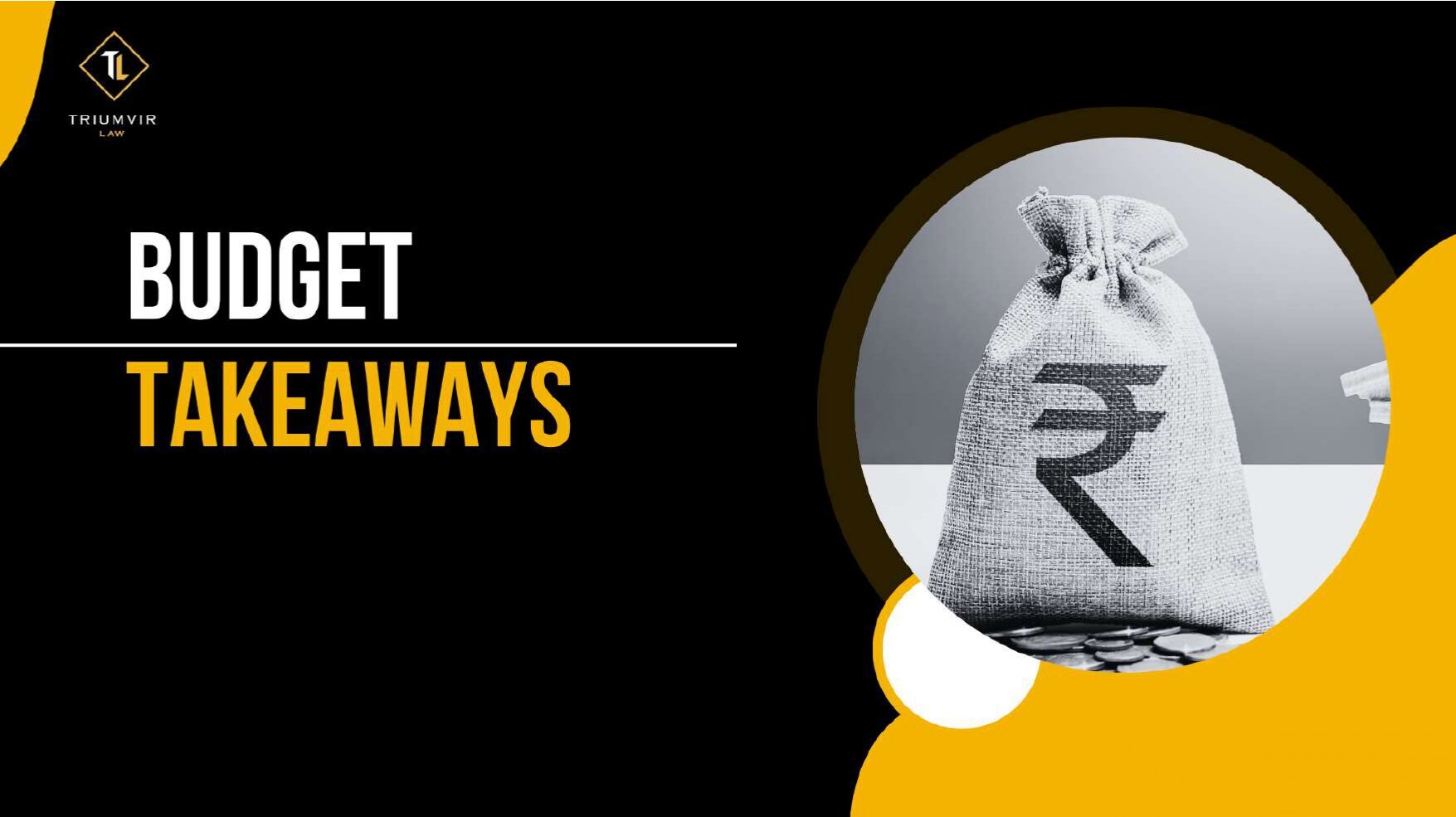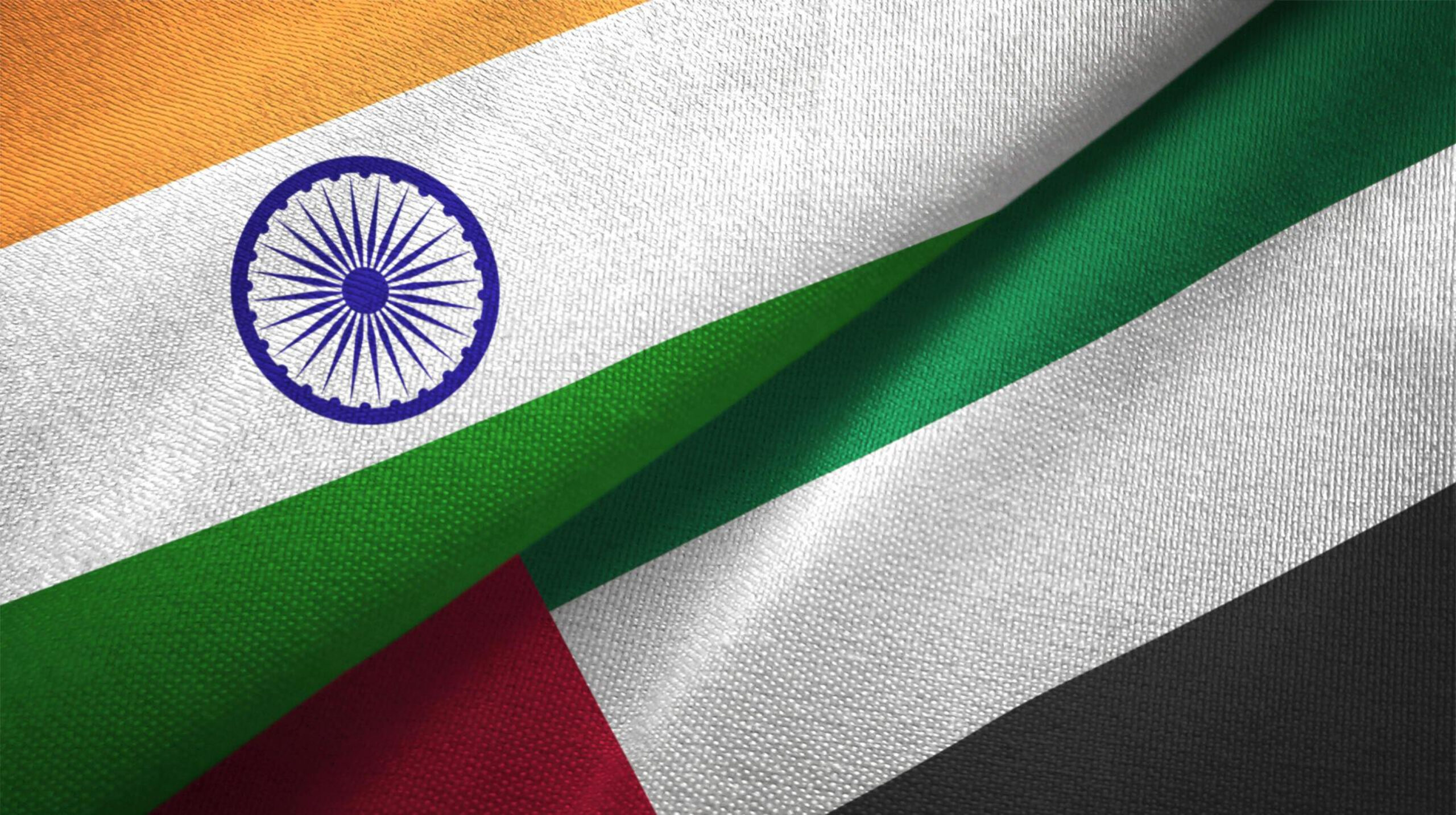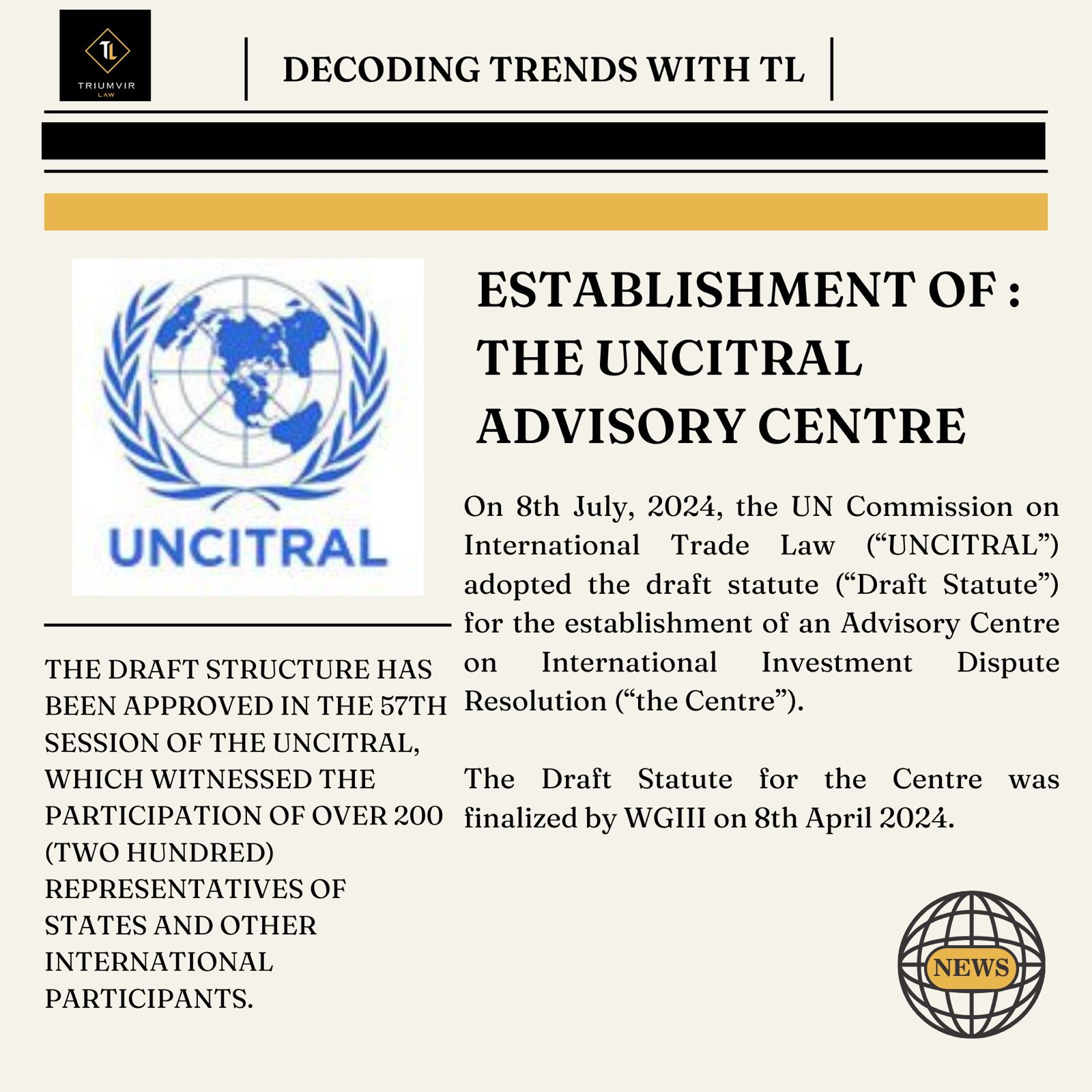
Decoding Trends With Trumvir Law

Analysis of the Joint Statement: Visit of the Prime Minister to the United Arab Emirates
Introduction
On February 14, 2024, a joint statement followed the visit of the Indian Prime Minister Narendra Modi to the United Arab Emirates (UAE). This visit highlighted the growing strategic partnership between the two nations, emphasizing their shared vision for a multipolar world. This analysis delves into the details of the joint statement, dissecting each paragraph to showcase the key aspects of this partnership and its potential implications for achieving a multipolar world order. Strengthening a Comprehensive Strategic Partnership: The statement begins by establishing the context of the visit, noting it marked Prime Minister Modi’s seventh visit to the UAE in nine years. Frequent high-level interactions like these demonstrate the commitment to advancing the relationship, which was formally elevated to a Comprehensive Strategic Partnership in 2017. Both leaders expressed satisfaction with the progress achieved across various sectors, signifying the tangible outcomes of this elevated partnership.
Strengthening a Comprehensive Strategic Partnership
The statement begins by establishing the context of the visit, noting it marked Prime Minister Modi’s seventh visit to the UAE in nine years. Frequent high-level interactions like these demonstrate the commitment to advancing the relationship, which was formally elevated to a Comprehensive Strategic Partnership in 2017. Both leaders expressed satisfaction with the progress achieved across various sectors, signifying the tangible outcomes of this elevated partnership.
Boosting Economic Cooperation:
A central theme of the statement revolves around strengthening economic cooperation. Several significant agreements were signed:
- Bilateral Investment Treaty (BIT): This landmark agreement is expected to significantly enhance investment flows between the two countries, further solidifying their economic ties. With the UAE being the fourth largest investor in India in 2023, this agreement unlocks immense potential for growth.
- Inter-Governmental Framework Agreement on the India-Middle East-Europe Economic Corridor (IMEEC): This agreement signifies leadership in fostering regional connectivity. It aims to develop a logistics platform and supply chain services to facilitate trade between India, the Middle East, and Europe, offering an alternative to existing models dominated by Western powers.
- Memoranda of Understanding (MoUs):
- Digital Infrastructure Projects: This MoU opens avenues for collaboration in areas like smart cities and cyber security, leveraging the UAE’s technological advancements and India’s growing digital economy.
- Electricity Interconnection and Trade: This MoU opens a new era in energy cooperation, potentially bringing the OSOWOG initiative – a vision for a unified global grid – closer to reality. This reflects the shared commitment to sustainable energy solutions, aligning with both nations’ climate goals.
- National Maritime Heritage Complex, Lothal: This MoU fosters cultural exchange and tourism opportunities, preserving shared historical treasures and strengthening cultural bonds.
- National Libraries and Archives: This MoU promotes knowledge sharing and historical preservation, fostering mutual understanding and enriching both nations’ cultural landscapes.
- Agreements on interlinking payment platforms (UPI-AANI and RuPay-JAYWAN): These agreements facilitate seamless cross-border transactions, reducing costs and complexities for businesses and individuals. This also supports Indian MSMEs by providing access to new markets like the Middle East, Africa, and Eurasia through the establishment of Bharat Mart at Jebel Ali.
Ambitious Trade Targets and Deepening Partnerships:
The statement underlines the ambition of both nations to elevate bilateral trade to USD 100 billion well ahead of the target year 2030. The signing of the Comprehensive Economic Partnership Agreement (CEPA) in 2022 has already seen encouraging results, with the UAE becoming India’s third-largest trading partner and second-largest export destination in 2022-23. The formal unveiling of the UAE-India CEPA Council (UICC) further underscores the commitment to smooth implementation and further cooperation, strengthening economic ties and fostering a stable and predictable business environment.
Energy Security and Sustainability:
Recognizing the importance of energy security, the statement highlights:
- New long-term LNG supply agreements: These agreements ensure India’s energy needs are met while providing the UAE with a stable market, solidifying energy partnerships and contributing to regional stability.
- Exploration of cooperation in hydrogen, solar energy, and grid connectivity: This reflects a shared commitment to sustainable energy solutions, aligning with both nations’ climate goals. It promotes clean energy sources like hydrogen and solar, and advances grid connectivity initiatives like OSOWOG, contributing to a more sustainable and interconnected future.
Cultural and Knowledge Exchange:
The statement reinforces the cultural and knowledge dimensions of the partnership:
- BAPS Temple in Abu Dhabi: This landmark symbolizes the deep-rooted cultural bonds and the UAE’s commitment to tolerance and peaceful coexistence, promoting religious harmony and understanding.
- Cooperation in education and research: The establishment of the first IIT in the Middle East reflects a shared focus on knowledge exchange and collaboration in advanced technologies like Artificial Intelligence and sustainable energy. This fosters knowledge sharing and capacity building, contributing to a more skilled and innovative workforce in both nations.
Analysis: Towards a Multipolar World:
The deepening India-UAE partnership holds significant implications for the larger geopolitical landscape. Both nations aspire to a multipolar world, characterized by cordial yet independent relations with the West and other powers. This partnership demonstrates:
- Diversification of Partnerships: This reduces dependence on traditional alliances and promotes cooperation with like-minded nations, contributing to a more balanced global order where no single power dominates. By forging strong partnerships beyond established alliances, both India and the UAE reduce their vulnerability to external pressures and gain greater agency on the international stage.
- Strengthening Economic Independence: By boosting trade and investment, the partnership enhances both nations’ economic resilience and reduces vulnerability to external economic shocks. The increased economic interdependence creates a mutually beneficial ecosystem, ensuring stability and growth for both nations.
- Leadership in Regional Cooperation: Initiatives like the IMEEC and energy cooperation showcase leadership in fostering regional integration and development, offering alternatives to existing models dominated by Western powers. This partnership creates a framework for regional cooperation beyond traditional Western-led initiatives, promoting economic integration and development across the Middle East, Europe, and India.
- Cultural and Knowledge Exchange: Sharing traditions and expertise fosters understanding and mutual respect, paving the way for a more inclusive and collaborative global community. This exchange fosters cultural understanding, reduces stereotypes, and promotes intercultural dialogue, contributing to a more peaceful and harmonious world order.
Conclusion
The Prime Minister’s visit to the UAE and the subsequent joint statement affirms the multifaceted strategic partnership between the two nations. The agreements signed and commitments made hold immense potential for fostering economic prosperity, energy security, cultural exchange, and regional connectivity. This partnership not only benefits both India and the UAE but also serves as a powerful example of a multipolar world order, characterized by strong regional partnerships, economic independence, and cultural exchange. Moving forward, the success of this partnership will depend on the effective implementation of agreements, sustained political will, and the continued engagement of both governments and their citizens. As this partnership strengthens, it has the potential to shape a more equitable and prosperous world order, offering alternatives to traditional dominance and fostering collaboration for a shared future.
RECENT POST
SOCIAL SHARE
Related Post

Budget Takeaways 2024-25
Decoding Trends With Trumvir Law The Budget for FY 2024-2025, presented on July 23, 2024, aims to advance India’s growth

The Transformation of Criminal Law in India: A Comprehensive Overview
Decoding Trends With Trumvir Law India’s legal landscape witnessed a seismic shift on July 1, 2024, with the introduction of

Empowering Arbitration: The Advisory Centre on International Dispute Resolution
Decoding Trends With Trumvir Law I. Introduction On 8th July, 2024, the UN Commission on International Trade Law (“UNCITRAL”) adopted

